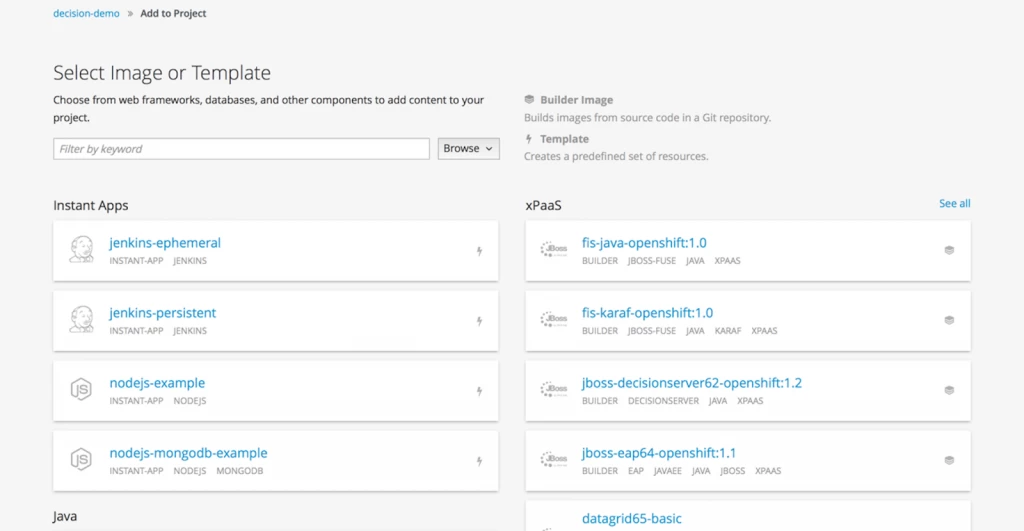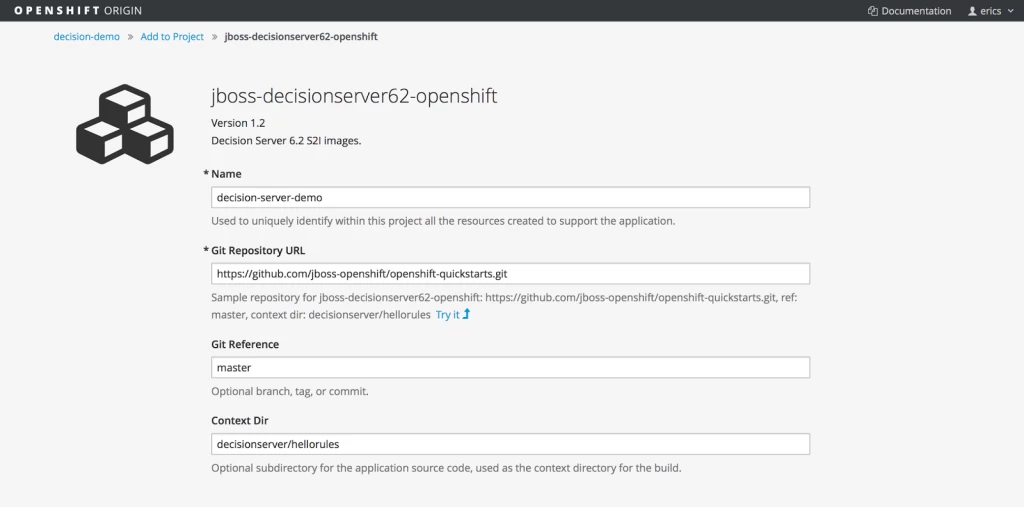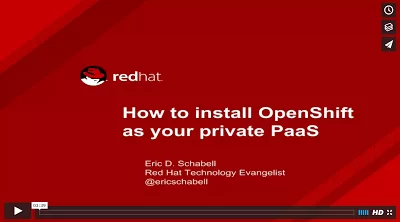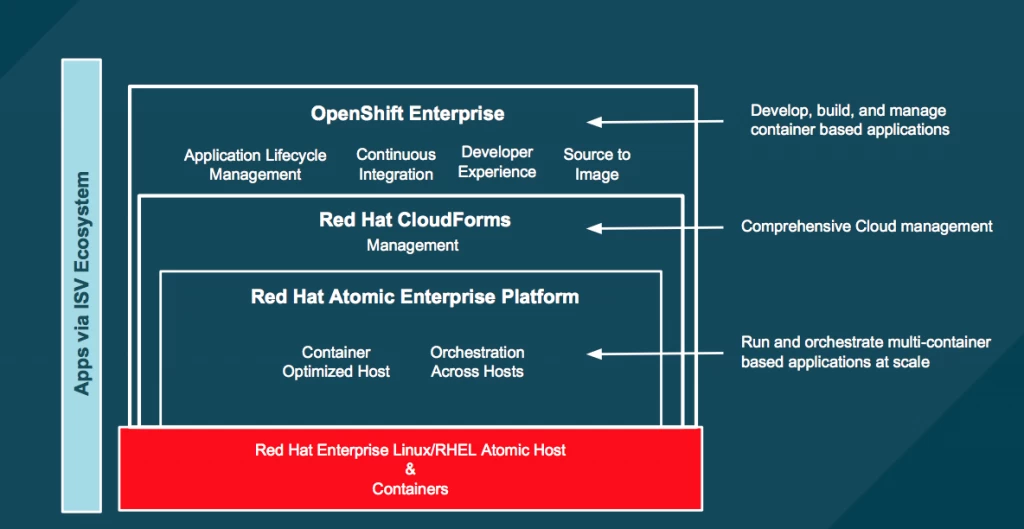App Dev Cloud Stack – It’s all about the PaaS baby
This series started with the statement, what do you mean by “Can’t ignore the stack anymore?”
When your background is application development, you have spent many hours, days and years perfecting your craft. You have not only learned languages and concepts, you have made it a point to learn to make good architectural decisions when pulling together the applications you develop.

The problem is, we tend to ignore the stack we are working on as much as we can. Well it’s time that we as application developers broadened our horizons a bit, expanding our understanding of the stack we work on with the introduction of Cloud, Platform As A Service (PaaS) and containers to our toolboxes.

Our tour of your Cloud stack continues from our previous article in this series where we covered why containers at scale matter, onwards to the layer that will resonate as the face of application delivery in our Cloud stack. That is the Platform as a Service (PaaS) layer that provides a unified way of working to present self service application development and deployment.
Into the Cloud
No that we have wandered up our Cloud stack and handled all the basic layers that help us deliver containers and containers at scale, we now arrive at the PaaS layer.
This is where the application delivery teams will directly interface with the web console that provides them with self service containers that are pre-configured for ease of use. Out of the box it provides all manner of platforms for development usage, such as PHP, Ruby, Java and more.

As application delivery teams make use of these self service environments, the rest of the stack will make sure that the containers are created, configured to find each other and monitored to keep them performing at acceptable level or there will be alerts sent to take action.
The interesting part comes when you customize this self service console to provide the various pre-configured environments that your application delivery teams need to navigate on the way from development to production. There is nothing more frustrating for a application delivery team than having to spend time sorting out the test environment before they can push their project from development.
OpenShift provides an easy to use, fully integrated in the standard tooling that most enterprises are using today and creates an agile yet responsive application delivery receipt for success.
Want to experience this at a local level on you own machine?
We have just the thing, a project you can download to install in just minutes providing you with the same experience as an enterprise application delivery private PaaS. Check out the video that details the installation in just minutes.

OpenShift gives you full control of your applications lifecycle, allows for continuous integration ensuring you only deploy project code that works, is a fully integrated developer experience right down to integrating with their IDE and offers the full source to container image build cycle. These are just a few of the major features that this PaaS offers, check it out for yourself and explore how much you can achieve in a short period of time.
What more could an application delivery team ask for?
Next time around we will take a look at interoperability within the Cloud stack and why that is critical to its success.

App Dev Cloud Stack series
Missed a previous article or looking for a specific article in the series?
- Can’t ignore the stack anymore
- Foundations for a stable Cloud
- Beginners guide to containers at scale
- Why containers at scale matter
- It’s all about the PaaS baby
- Open interoperability critical to success (coming soon…)
- Securing containers at scale (coming soon…)
| Reference: | App Dev Cloud Stack – It’s all about the PaaS baby from our JCG partner Eric Schabell at the Eric Schabell’s blog blog. |



